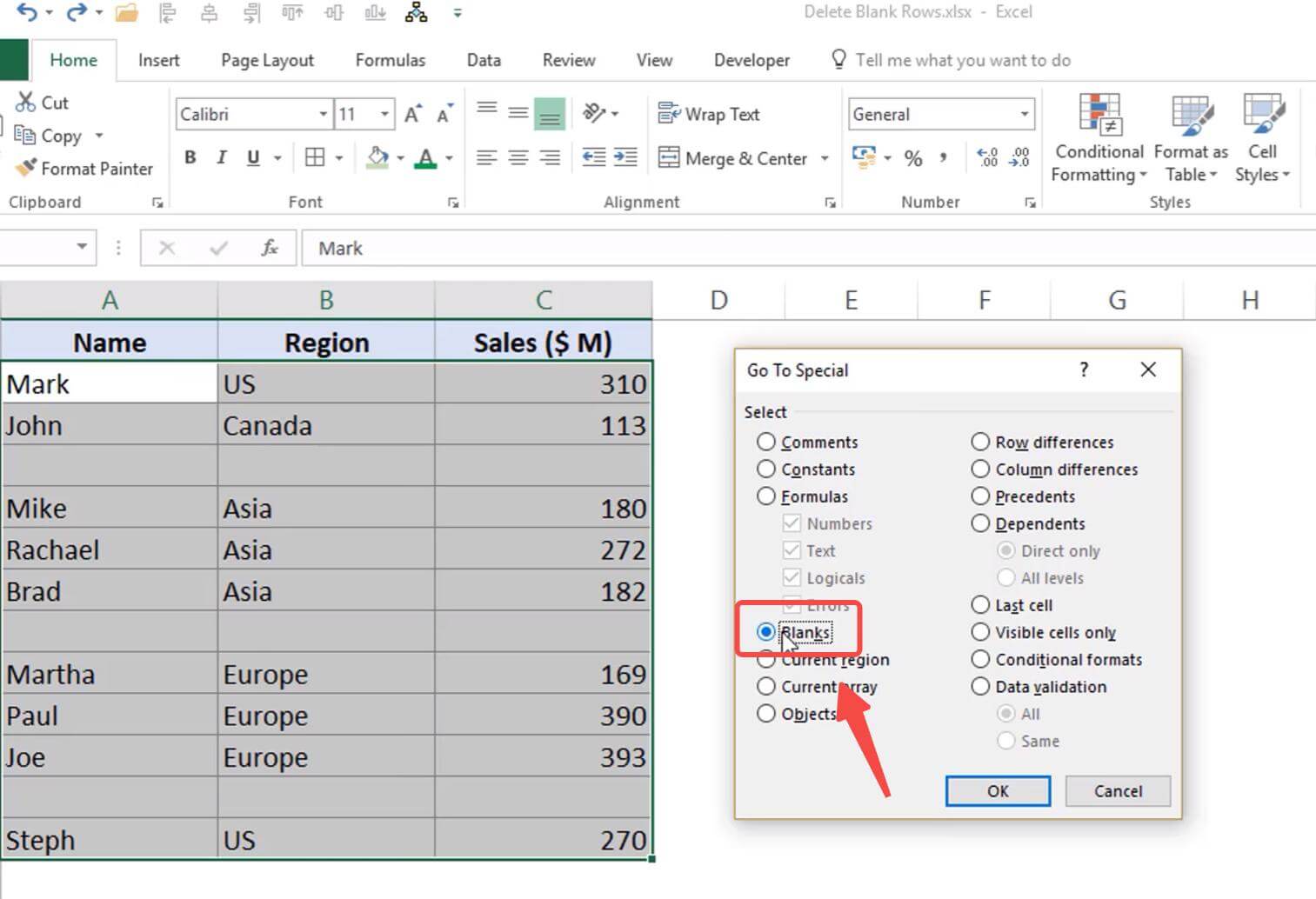5 Simple Ways to Delete Unused Excel Sheet Parts

Many individuals and professionals often overlook the clutter within Excel spreadsheets, which can lead to inefficiencies and increased file sizes. Here are five simple yet effective strategies for decluttering your Excel files by deleting unused parts:
1. Remove Empty Rows and Columns


Excel spreadsheets frequently have empty rows and columns which increase file size and complicate navigation:
- Select any cell within the spreadsheet.
- Press Ctrl + Shift + Down Arrow to select all rows below the current cell or Ctrl + Shift + Right Arrow for columns.
- Right-click on the row numbers or column letters and choose "Delete" to remove these excess rows or columns.
🔧 Note: Be cautious not to delete rows or columns containing formulas or data references.
2. Clear Unnecessary Formatting


Excel can retain formatting for cells that are not in use, causing your file to bloat:
- Press Ctrl + A to select all cells.
- Go to the "Home" tab, select "Clear" from the "Editing" group, and choose "Clear Formats."
3. Delete Hidden Sheets and Named Ranges

Hidden sheets and unused named ranges can clutter your workbook:
- To find hidden sheets: Right-click on any visible sheet tab and select "Unhide," then delete any unnecessary sheets.
- For named ranges:
- Go to Formulas > Name Manager.
- Delete ranges that are not in use or no longer relevant.
4. Remove Unused Formulas


Formulas that reference cells with no content or are no longer relevant can weigh down your workbook:
- Use the "Go To" dialog (Ctrl + G) and type "Formulas" to highlight all cells with formulas.
- Check these formulas for relevance and delete those not required.
5. Optimize Data Validation

Data validation rules can clutter your worksheet, especially if they were set for cells that are no longer in use:
- Go to Data > Data Validation.
- Remove any rules that are obsolete or apply to cells you no longer need to validate.
In conclusion, keeping your Excel files tidy not only enhances your productivity but also minimizes the risk of errors and file corruption. By employing these simple cleanup strategies, you ensure that your spreadsheets remain efficient and easy to manage, which translates to better performance and usability.
Why is it important to remove empty rows and columns?

+
Removing empty rows and columns helps reduce file size and makes your spreadsheet easier to navigate and manage. It also prevents confusion when analyzing data or printing.
How can I tell if a sheet is hidden?

+
If there is a gap in the sequence of sheet tabs or if you see fewer sheets than expected, some sheets might be hidden. You can right-click on any sheet tab and look for the “Unhide” option to confirm.
What are the benefits of clearing unnecessary formatting?

+
Clearing unnecessary formatting can significantly reduce file size, make your spreadsheet more responsive, and make it easier to apply new formatting or formulas without interference from old rules.



